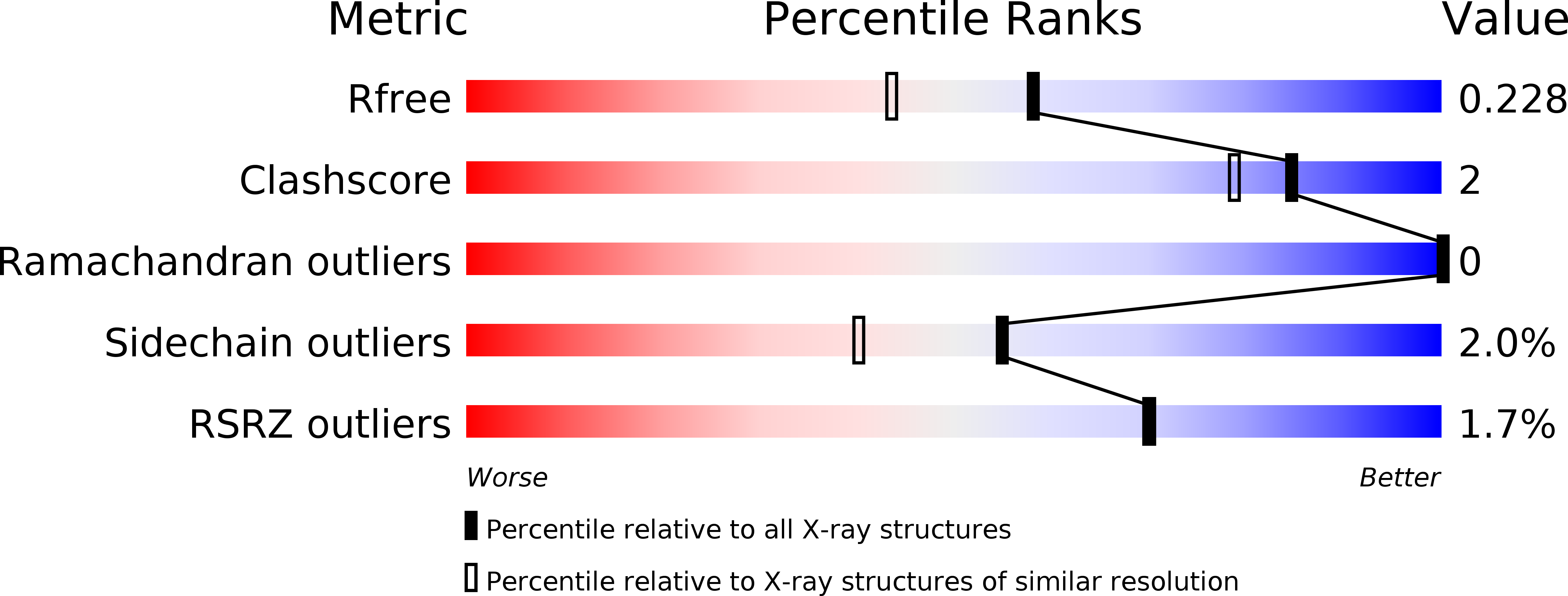
Deposition Date
2014-03-27
Release Date
2014-05-21
Last Version Date
2024-05-22
Entry Detail
PDB ID:
4PYT
Keywords:
Title:
Crystal structure of a MurB family EP-UDP-N-acetylglucosamine reductase
Biological Source:
Source Organism:
unidentified (Taxon ID: 32644)
Host Organism:
Method Details:
Experimental Method:
Resolution:
1.85 Å
R-Value Free:
0.22
R-Value Work:
0.20
R-Value Observed:
0.20
Space Group:
H 3 2


